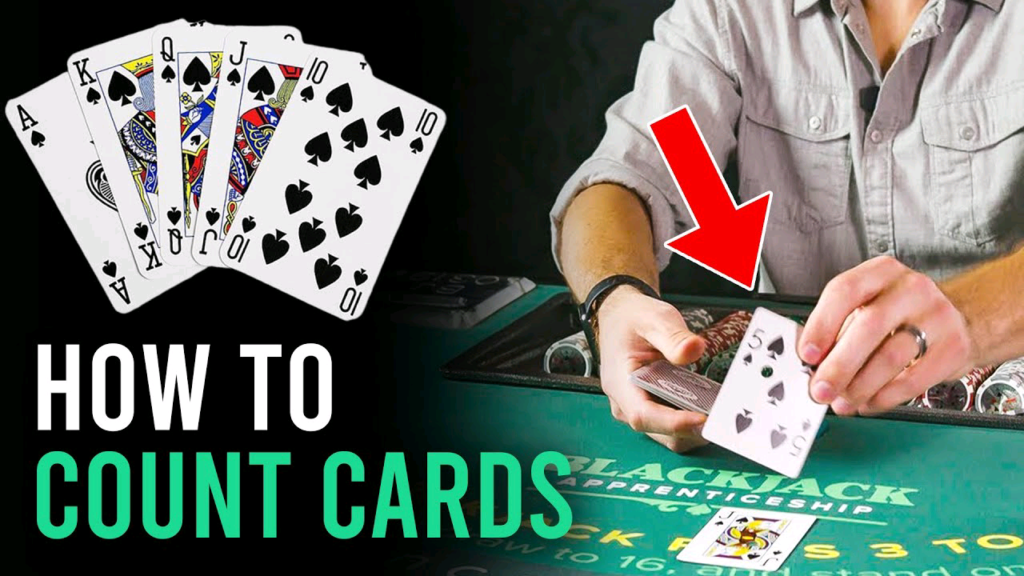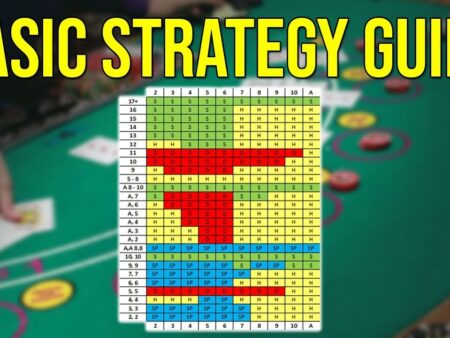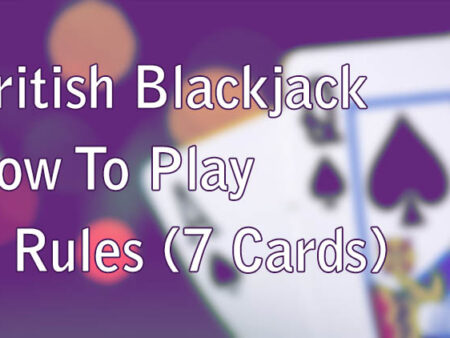
Card counting is an advanced technique used in blackjack to gain an advantage over the casino. It involves keeping track of the high and low cards that have been dealt with to anticipate the likelihood of high cards coming up. Contrary to popular belief, card counting is not about memorizing every card but maintaining a running count in your head. In this article, we will discuss how you can count cards in Blackjack.
Understanding the Basics
Knowing the fundamental principles of blackjack is essential before you start counting.
The Role of Card Values in Blackjack
In blackjack, each card holds a specific value which is crucial to the game’s objective: obtaining a hand total closer to 21 than the dealer, without going over.
Here’s a breakdown of card values:
Numbers 2 through 10 are valued at their face value.
Jacks, Queens, and Kings are all worth 10.
Aces can be worth either 1 or 11, depending on what’s advantageous for your hand.
How Card Values Affect the Game
Card counting hinges on a simple yet effective concept: cards have a direct influence on the nature of the game. High-value cards (10s and Aces) are favourable to you as a player, enhancing your chances of hitting blackjack (21) and making the dealer bust (exceed 21). Conversely, low-value cards (2-6) are more beneficial to the dealer. By tracking the ratio of these high to low cards, a card counter can gauge the ‘temperature’ of the deck.
The technique is simple: treat the process as a running tally. Each card that lands on the blackjack table influences this tally. When you spot a low card, it increases the tally, signaling a deck rich in high cards – your cue that luck might be swinging in your favour. Spot a high card, and the reverse happens. And when a low card and a high card appear together, they neutralize each other, keeping your count steady.
Card counting in blackjack isn’t just a practice; it’s an investment in skillful play. Remember, card counting is about patience, practice, and pace.
Counting Cards in Blackjack
Follow the steps below to count cards in Blackjack:
Step 1: Learning Card Values
Assigning Values to Cards: The Hi-Lo Method
As you dive into the world of blackjack strategy, your first order of business is to learn the Hi-Lo method of card counting. This technique enables you to keep track of the cards and determine when the deck is in your favour. A quick tip: always start your count at 0 when a new deck enters the game.
Here’s a simple guide to the Hi-Lo system:
Cards 2-6 (Low cards): Assign a value of +1 to these. They favour the dealer, but when they’re played, they increase the count, indicating that high-value cards are coming up.
Cards 7-9 (Neutral cards): These have no value (0). Their removal from the deck doesn’t significantly affect your odds, so you can maintain your count.
10s, Jacks, Queens, Kings, and Aces (High cards): Give these cards a value of -1. They’re beneficial for you, and when they’re dealt, you’ll decrease your count by one.
Step 2: The Running Count
After familiarizing yourself with card values, the next step is to learn how to keep a Running Count. You start with an empty stage, a Running Count of zero when the dealer shuffles, and a new deck is brought into play. From here on, with each card’s reveal, you’ll be influencing your count, adding and subtracting with the precision of a skilled mathematician, yet with the effortless grace of an artist. You’ll assign a value to each card: +1 for cards 2 through 6, 0 for 7 through 9, and -1 for 10s, face cards, and Aces.
Step 3: Calculating the True Count
After mastering the running count, you need to advance to the critical step of calculating the True Count. It’s your key to unlocking the potential in each hand, guiding you to make profitable betting decisions at the opportune moments. By converging the running count with the number of decks left in the shoe, you gain foresight. Here’s how you do it: First, you estimate the number of decks still in the dealer’s shoe. Next, you divide the running count by that number. The quotient? That’s your True Count.
Suppose your running count stands proudly at +6 and you estimate about two decks remaining. Your swift calculations lead to a True Count of +3 (+6/2). This higher True Count is your green light – it’s time to start betting higher because the odds are tilting in your favour. The deck is rich with face cards, Aces, and 10s, beckoning you to seize the moment and bolster your wager.
Step 4: Modifying Bets Based on the True Count
As the true count rises, it whispers the secret that high-value cards are in abundance – a prime opportunity for you to strike.
Start small to avoid drawing attention; let your stack grow organically, much like the interest piquing in your heart.
Tune into the true count. When it hits +2, +3, or even higher, begin incrementally increasing your bet size. The higher the count, the more considerable the bet. You’re not just reacting; you’re proactively playing with the insight your count has unveiled.
Step 5: Practicing Your Card Counting Skills
To become a maestro in the gallery of blackjack, you must hone two critical abilities: speed and accuracy. Like a pianist practices their scales, you’ll practice the running count until it becomes second nature. Here’s how you can achieve this:
Start with a single deck: Count down a deck of cards until you can glide through it effortlessly. For every card, add, subtract, or zero out according to your counting system, until your mind does so automatically.
Challenge yourself: Time yourself while you count through the deck. Aim to improve your time with each practice session, keeping accuracy at the forefront.
Mix it up: Practice with distractions. Casinos will be noisy and full of diversions. Work on maintaining your count amidst a cacophony of sounds and sights to simulate the real challenge.
Pair up: Have a friend deal with you, adding in the complexity of game decisions while you keep the count. Practice adjusting your bets based on the running and true counts as the cards are dealt.
Step 6: Managing Your Bankroll and Risks
Here is how you can manage your bankroll and risks:
Determine your starting point: Start with a bankroll that is separate from your everyday funds. This is your war chest, solely for the battlefield of blackjack.
Rule of thumb: A common guideline suggests having at least 50 times the minimum table bet. So, if you’re playing at a $10 table, a $500 bankroll is your minimum.
Fit your financial comfort zone like a tailored suit; your bankroll should be an amount you’re prepared to invest, knowing it’s subject to the ebbs and flows of the game.
Remember, you are wearing armor woven from the fabric of sound financial planning. As you sit at the table, let this comfort bolster your confidence, sharpen your focus, and enable you to make calculated decisions undisturbed by the fear of financial fallout.

Paul Barnes cuts through the casino hype with honest reviews and strategy breakdowns. He’s played on every major platform, always looking for the hidden gems (and the ones to avoid).
More about Paul Barnes
Age: 31
Experience: Rising star in the online casino scene, 7 years of in-depth reviews
Background: Studied journalism before finding his passion in gaming analysis
Hobbies: Retro video game collector, aspiring board game designer
Residence: Brighton
Marital Status: In a committed relationship


